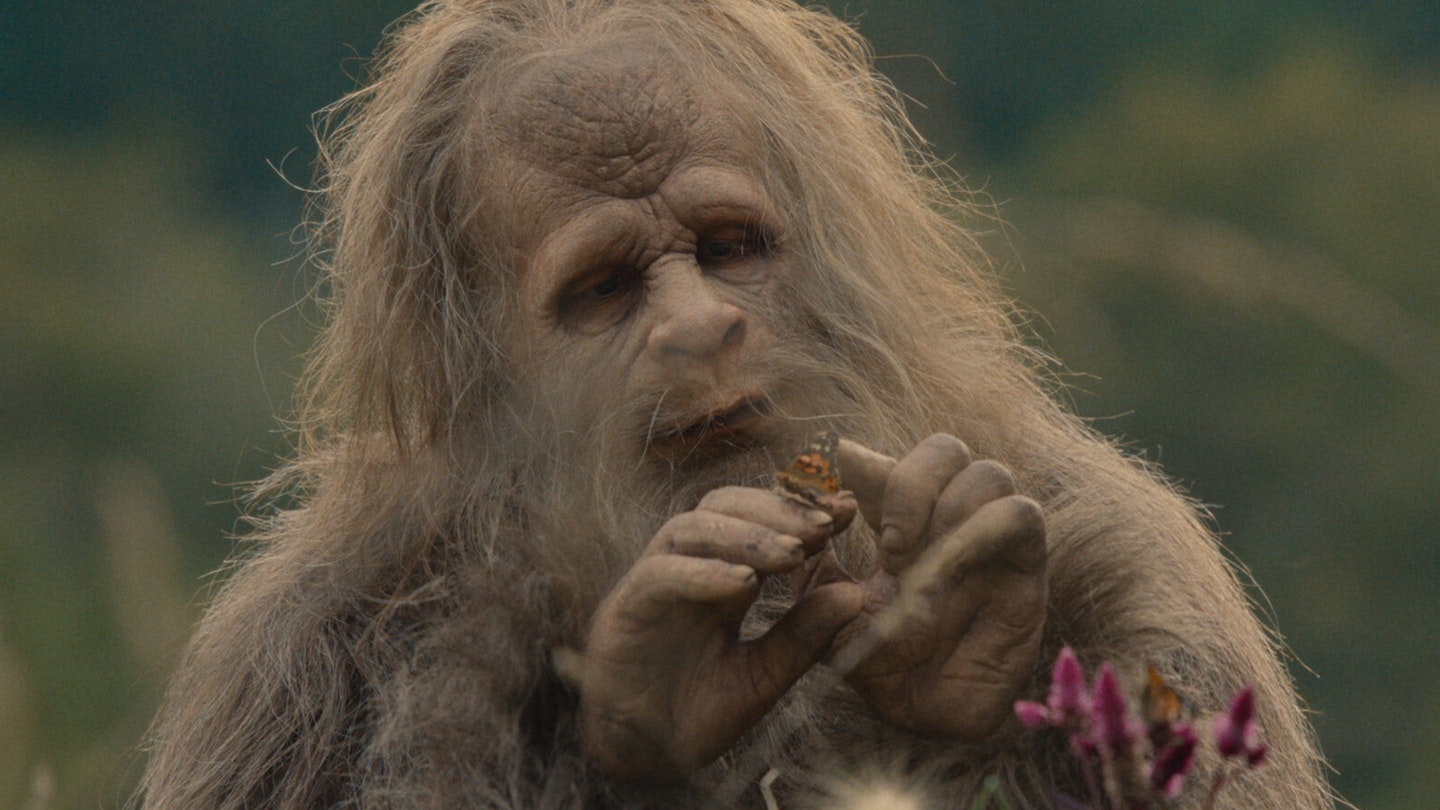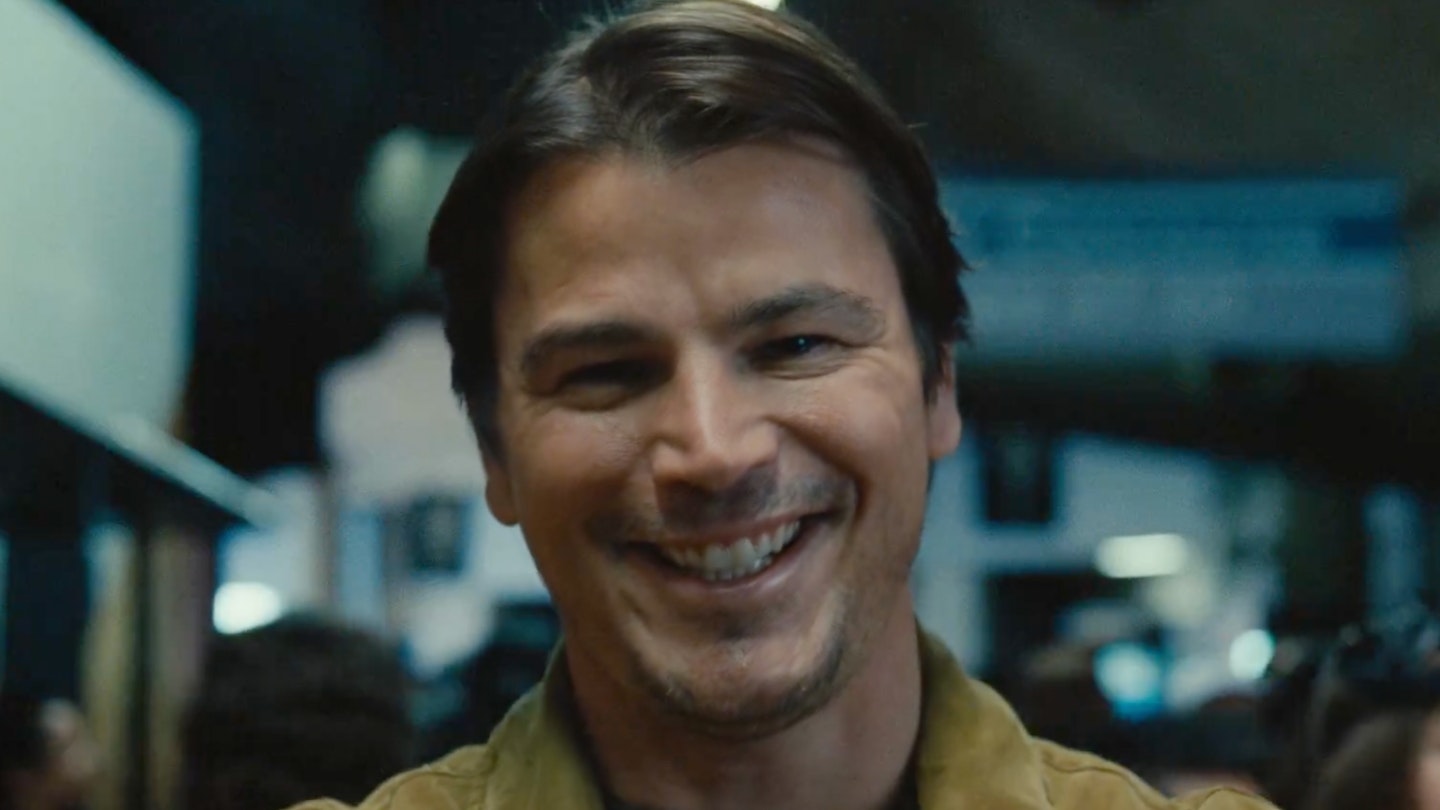Bigfoot has not enjoyed much in the way of flattering depictions on the screen; the hairy, seven-foot icon of folklore has largely been a cinematic figure of fun. Think Harry And The Hendersons; the ill-fated ‘King Itchy’ from Monsters, Inc.; or the Sasquatch (played by an uncredited John C. Reilly) that Jack Black hallucinates while tripping on mushrooms in Tenacious D In The Pick Of Destiny. Sasquatch Sunset, from filmmaking brothers David and Nathan Zellner, is entirely unlike any of those interpretations: a bizarre and oddly beautiful new take on the Bigfoot myth.

Shot almost like a mock BBC nature documentary, it contrasts big skies and Californian redwoods with a small group of Sasquatches trying to forge a life in a world that seems confusing and hard. Among them are Jesse Eisenberg and Riley Keough, two entirely unrecognisable A-listers gamely grunting through heavy prosthetics, doing remarkable work from a totally wordless script. The film almost plays like a silent one, albeit punctuated by the occasional Sasquatchian scream, or jazz riff from experimental soundtrackers The Octopus Project.
If your stomach is strong enough, there’s something sordidly funny about it all.
The Zellners, taking a crypto-zoological approach to the characters, have plenty of fun exploring the animalistic side of these mythical beasts, which leads to some insanely crude moments: expect sex, piss, shit, sick, engorged penises, and fish guts being gurgled into mouths. Naturally, this will turn off a huge sector of the audience, but if your stomach is strong enough, there’s something sordidly funny about it all. Yet even when — for example — one Sasquatch engages the services of a rudimentary wooden dildo, it feels authentic to the film’s mission, depicting these primitive beings as unselfconscious and without shame. So near to us, it is implied — and yet so far.
Within those seemingly juvenile moments are found some genuinely tragicomic grace notes. The Sasquatch bash sticks ritualistically, seeming to want to connect to other members of their species. They never get a response. Benign markers of human civilisation — a road, a red ‘X’ ominously painted on a tree — signify something dangerous and advanced that could threaten their way of life. But they do not seem to quite be able to grasp or comprehend the threat. One lonely Sasquatch, in particular, seems to be on the cusp of greater understanding; human progress seems doomed to outpace them. As the extraordinarily bittersweet finale bows, it becomes clear: the “sunset” of the title is not just a twinkly skyline, but the end of something.


